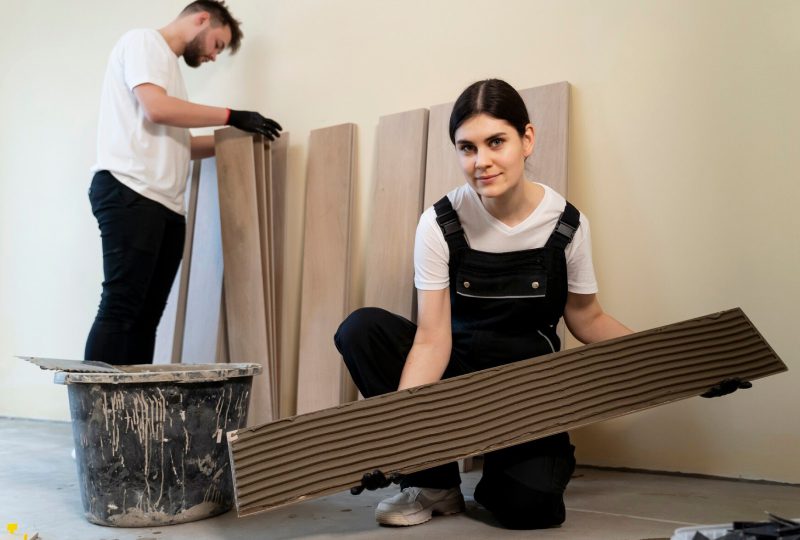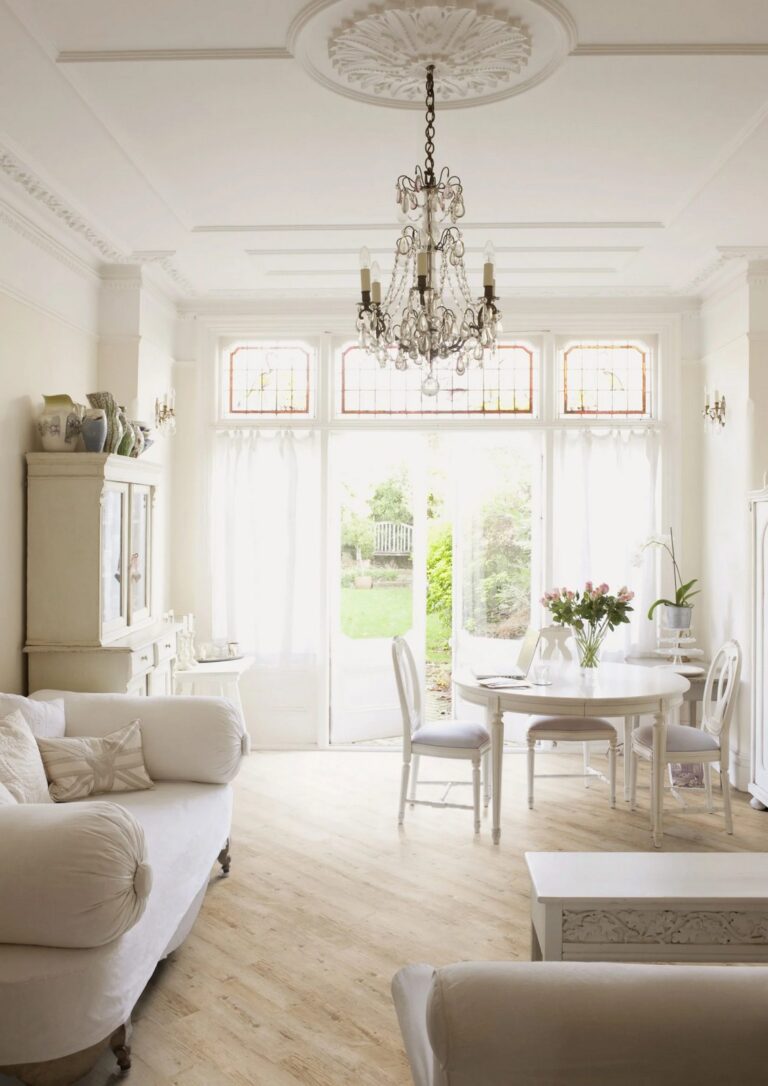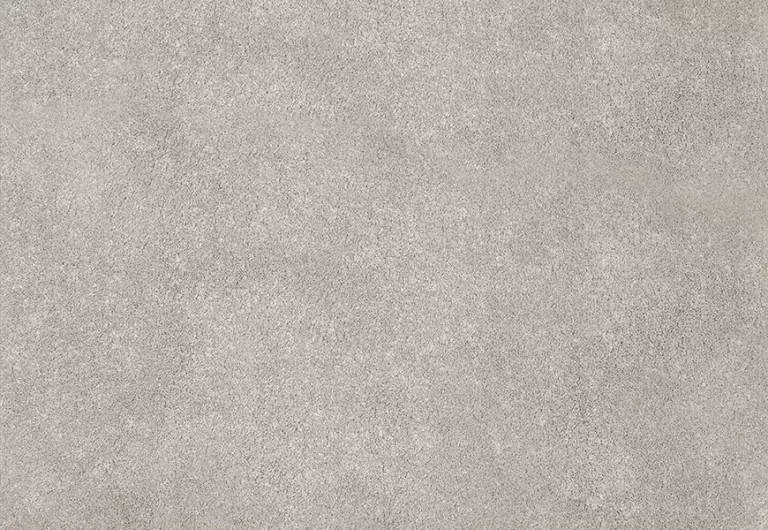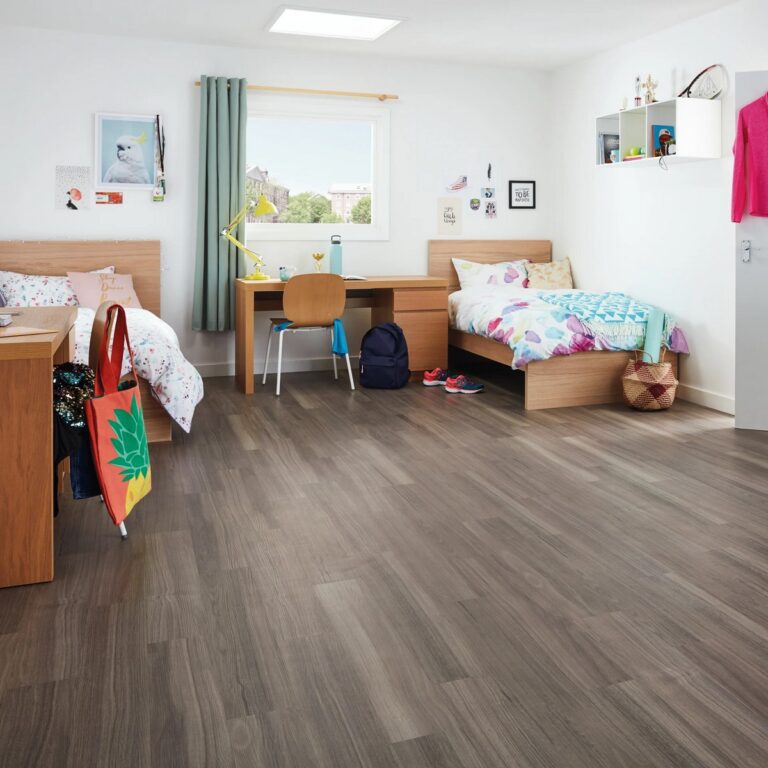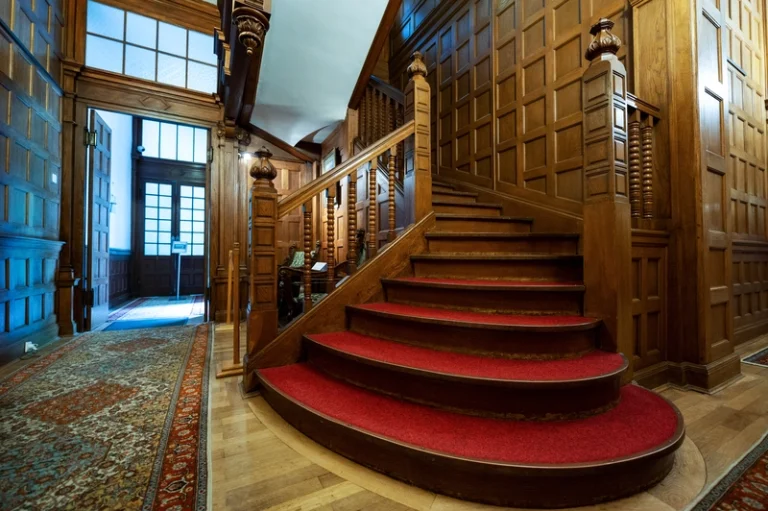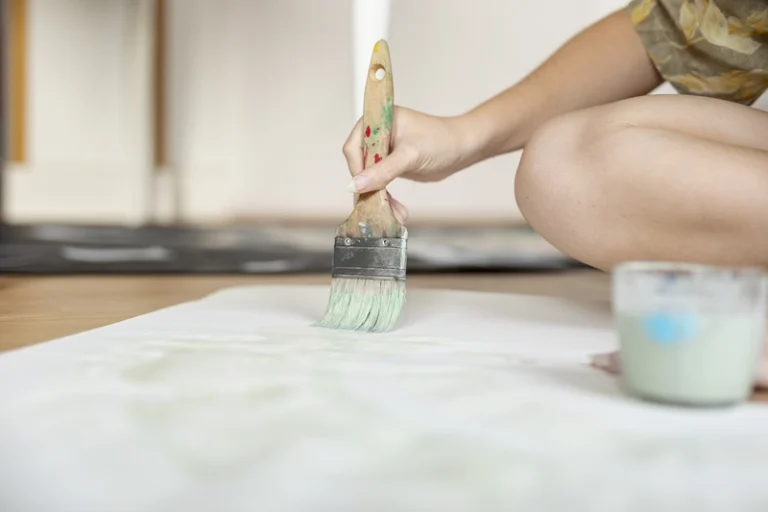Vinyl flooring probably has the easiest method to lay But still the same with other types of floorings, you need to understand what to put under vinyl flooring.
What to put under vinyl flooring is necessary to protect your floor from moisture and slick. Even make your floor smoother and more comfortable. But first, check out what is vinyl flooring made from!
Characteristics of Vinyl Flooring
Primarily, vinyl flooring is made from PVC (Polyvinyl Chloride) with additional materials such as resin, plasticizers, stabilizers, fillers, print layer and wear layer. Due to its materials, vinyl flooring is versatile, durable and easy to maintain.
Why Do You Need Underlying Your Floor?
Before laying vinyl flooring, it’s essential to understand the crucial reasons for using underlay. Here are some key considerations:
1. Moisture Protection
Vinyl flooring is susceptible to moisture, leading to warping and mould. Underlay acts as a barrier, protecting your vinyl from moisture seeping through the ground or walls.
2. Sound Absorption
Certain subfloors may produce unwanted sounds when stepped on. Underlying your subfloor before installing vinyl helps reduce noise, particularly beneficial in apartments or shared living spaces.
3. Insulation
Underlay serves as a barrier against cold temperatures, providing insulation during winter. Choosing the right underlayment can also offer protection from heat in the summer. Make a wise underlay choice, especially when opting for vinyl flooring.
What to Put Under Vinyl Flooring?
After you understand how important what to put under vinyl flooring, you need to prepare your subfloor first and be ready for the tools.
Now you have to prepare and choose what is the best material to put under vinyl flooring. Here are the common choices.
What is The Best Material to Put Under Vinyl Flooring?
You may see many brand deals as the best material to put under vinyl flooring, but commonly these are the types of what to put under vinyl flooring!
1. Plywood
Plywood underlayment is a thin layer of plywood that is suitable for you if you’re looking for a smoother surface for your floor. Because of this, Plywood became one of the favourites underlay for vinyl flooring.
Advantages: Provides a smooth surface.
Considerations: Ideal for those seeking a polished floor.
2. OSB
Another alternative for plywood is OBS or Oriented Strand Board. OBS can be the best material to put under vinyl flooring due to its materials, compressed and glued wood strands.
Advantages: Compressed and glued wood strands.
Considerations: An alternative to plywood, offering stability.
3. Rubber
If you want more noise-proof, rubber can be the best material to put under vinyl flooring. It also has a more soft surface and is suitable for a kid’s room also your music room.
Advantages: Noise reduction, soft surface.
Considerations: Ideal for kid’s rooms and music spaces.
4. Foam
Almost the same as rubber foam, can reduce sound transmission and is easy to work with. Foam underlayments, in addition, are light in weight, offer insulation, and frequently include vapour barriers to safeguard against moisture. Foam is also suitable for kid’s rooms.
Advantages: Lightweight, sound reduction, insulation.
Considerations: Easy to work with, suitable for kid’s rooms.
5. Particleboard
Particleboard is popular with its price that is affordable for most people. On the other side, particleboard is not durable in the long run. But if it’s work for you, why not?
Advantages: Affordable.
Considerations: Less durable in the long run.
6. Felt
Felt underlayment is unique. Felt is made from recycled materials with sound absorption ability and cushioning. Almost the same as plywood, it offers a smooth surface, especially for vinyl.
Advantages: Made from recycled materials, sound absorption.
Considerations: Offers a smooth surface, particularly for vinyl.
7. Cork
Cork underlayment is popular with its natural insulation ability, both cold and hot. Cork also a sustainable flooring, reduced sound and more cushioning.
Advantages: Natural insulation, sustainable, reduced sound.
Considerations: Provides cushioning and a versatile option.
Among seven types of underlayment, which one do you prefer for your room?
Underlayment for Vinyl Flooring in The Bathroom
Due to its greater water resistance compared to wood flooring, vinyl flooring is commonly used in bathrooms. However, because there are typically more moisture sources in a bathroom than in other rooms, the underlayment for vinyl flooring in the bathroom may need to be slightly different.
What to Put Under Vinyl Flooring in The Bathroom?
The best material to put under vinyl flooring in the bathroom is to look for waterproof underlayments, such as silicone. Also, another important thing is the preparations before laying the underlayment.
Choosing the right underlayment for your vinyl flooring is crucial for ensuring its longevity and performance. From moisture protection to sound insulation, the underlayment plays a significant role in enhancing the overall experience of your vinyl flooring.
If you’re on the lookout for premium LVT (Luxury Vinyl Tile) options that perfectly complement a well-selected underlayment, look no further than TEKA Flooring. Our extensive collection boasts high-quality LVT products designed to meet diverse aesthetic preferences and functional requirements.







